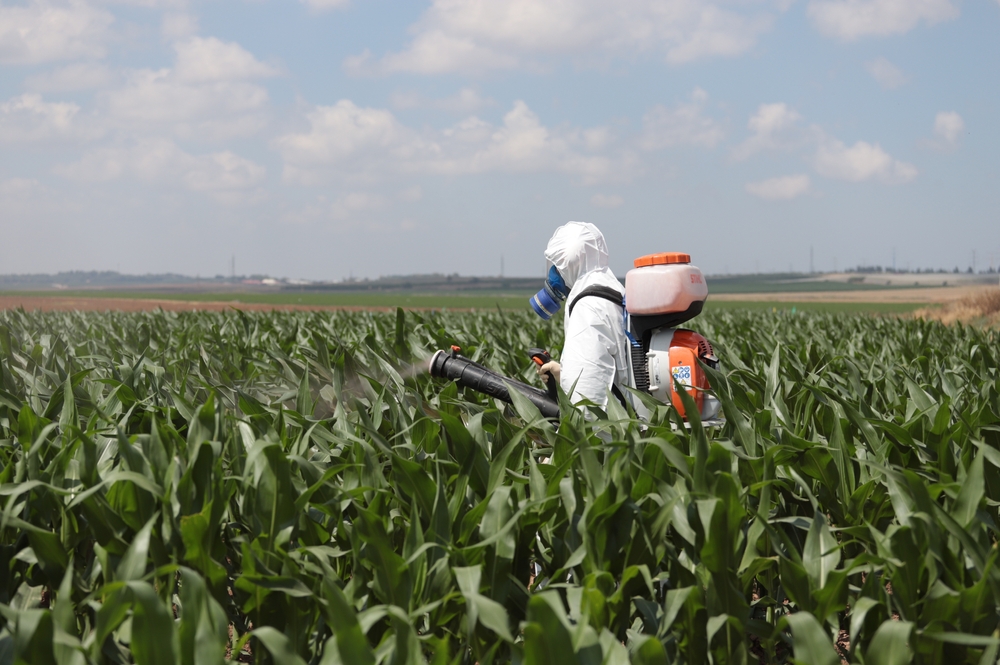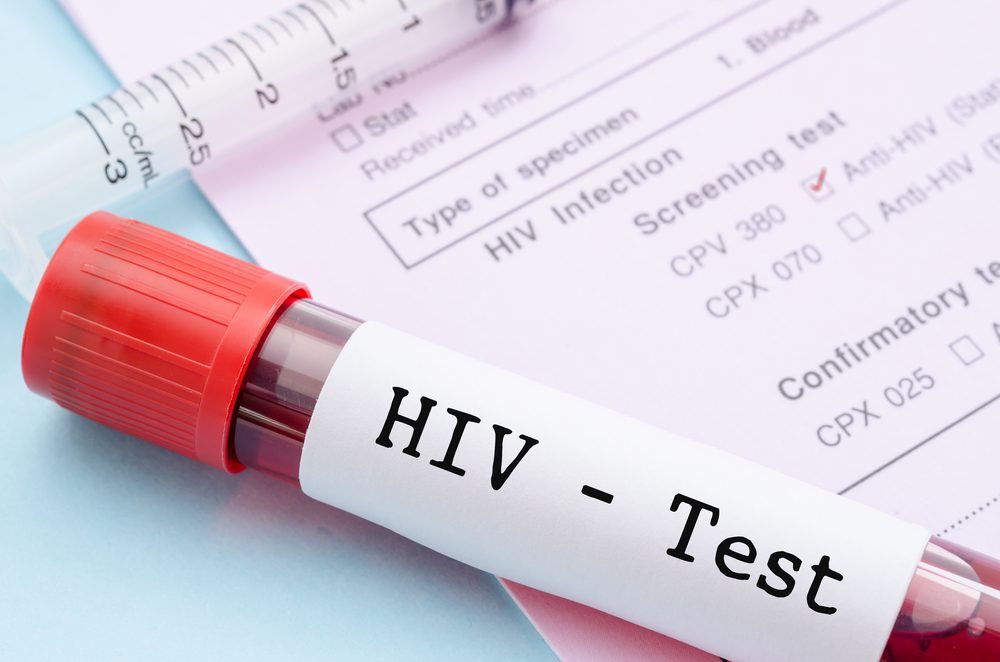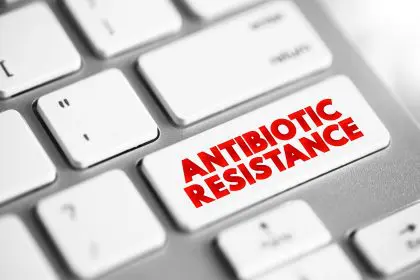A groundbreaking study has illuminated the alarming relationship between pesticide exposure and the development of cancer, suggesting that these widely used agricultural chemicals may pose a risk on par with tobacco use in terms of cancer causation. The comprehensive research, published in Frontiers in Cancer Control and Society, has transformed our understanding of modern farming practices and their impact on public health. The revelation that pesticides may contribute significantly to cancer rates underscores the urgent need for more robust regulatory measures to protect public health.
The hidden dangers of pesticides
The study offers a stark reminder of the hidden dangers lurking in our environment. Pesticides, once hailed as essential tools in agriculture, are now being recognized for their far-reaching health implications. These chemicals are not only present in the foods we eat, but they also permeate the air and water in rural areas where they are most heavily used. The research reveals compelling evidence that pesticide exposure is strongly linked to the development of various cancers, including leukemia, lymphoma, and cancers of the breast and prostate. These connections were established through sophisticated analysis, accounting for demographic and environmental factors, which further supports the notion that pesticides are a key contributor to rising cancer rates.
In the United States, the heart of the farming industry, communities that live close to agricultural zones are particularly vulnerable to the adverse health effects of pesticide exposure. The findings of the study suggest that residents in these regions face a significantly higher risk of developing cancer compared to those living in urban areas with less exposure to pesticides. The realization that farming practices are endangering the health of these communities is both alarming and distressing, considering how vital these chemicals are for crop protection.
Geographic impact and risk factors
The study highlights a troubling pattern of increased cancer rates in agricultural communities, particularly in the Midwest, which remains the backbone of American farming. Here, the use of pesticides is widespread, and the connection between exposure and cancer incidence is glaring. The geographical correlation between pesticide use and cancer cases provides clear evidence that these chemicals contribute to the disease burden in farming regions.
In addition to geographic location, the research also underscores several risk factors that exacerbate the harmful effects of pesticide exposure. These include genetic predisposition, age, and occupation. Children, who are more vulnerable to the toxic effects of chemicals due to their developing bodies, are especially at risk. The proximity to pesticide-sprayed fields has been linked to higher rates of leukemia and lymphoma among younger populations in farming communities. This finding has raised alarms about the potential long-term consequences of pesticide exposure on the next generation of farm workers and their families.
Scientific analysis and health implications
A key aspect of the study was its scientific analysis of 69 distinct pesticide compounds. The research methodology used advanced statistical techniques to identify correlations between specific pesticides and various types of cancer. The results were startling. The study found consistent links between pesticide exposure and several cancer types, including breast cancer, prostate cancer, and blood cancers.
The significance of these findings cannot be overstated. The study not only adds to the growing body of research connecting pesticides to cancer, but it also challenges long-held assumptions about the safety of agricultural chemicals. While some pesticides were initially thought to be relatively harmless to humans, the evidence now suggests that they may be far more dangerous than previously believed. The implications of this research are profound, as it calls into question the regulatory standards for pesticide use and raises concerns about the long-term health effects of living near farming areas where pesticides are frequently applied.
Youth and vulnerable populations
One of the most concerning revelations of this study is the rising incidence of cancer among younger populations in agricultural areas. The research indicates a troubling trend of increased cancer rates in children and young adults who live in close proximity to pesticide-treated fields. This discovery has sparked outrage among public health advocates, who argue that stricter regulations on pesticide use are necessary to protect vulnerable groups, especially children.
For young farm workers, the exposure to pesticides can begin at an early age, and the long-term consequences can be devastating. Pesticide-related cancers like leukemia and lymphoma have been particularly prevalent in these communities. These findings highlight the need for targeted interventions to safeguard the health of children and young adults, particularly in agricultural regions where exposure to pesticides is nearly unavoidable.
Agricultural necessity versus public health
The study also raises the complex issue of balancing the need for pesticide use in agriculture with the imperative to protect public health. Unlike tobacco, which serves no essential societal function, pesticides are an integral part of modern farming practices. They play a crucial role in ensuring crop yield and preventing pests that threaten food security. However, as the study shows, the cost of these chemicals may be far greater than previously realized.
The challenge lies in finding ways to maintain agricultural productivity without endangering public health. This balance is difficult to achieve, as the widespread use of pesticides in farming is often seen as a necessary evil. Still, this research calls for a reevaluation of how pesticides are applied and regulated, with an emphasis on minimizing exposure to these dangerous chemicals.
Moving toward solutions
The findings of this study underscore the urgent need for more effective monitoring and regulation of pesticide use. Researchers and public health officials are calling for more stringent safety protocols, including the development of safer, less toxic pesticides and better application techniques. These could include targeted pesticide application methods that minimize exposure to non-target populations, such as people living near farms.
Additionally, the study advocates for the establishment of comprehensive monitoring programs to track pesticide levels in the environment and to assess the impact of long-term exposure on human health. Public health organizations are urging policymakers to take these findings seriously and to enact stronger regulations to protect vulnerable populations, particularly those living in agricultural regions.















